Description
This scholarly book, authored by Ayatollah Sayyid Ali al-Husayni al-Milani, critically examines the Thaqalayn narration, one of the most pivotal traditions in Islam. The narration, which mentions the two precious things left by the Prophet Muhammad (peace be upon him)—the Qur’an and his progeny—has been recorded in both Sunni and Shia sources. However, this book takes a deep dive into the authenticity and variations of this narration, focusing on the distortions and misinterpretations that have arisen over time.
Examining the Narrators and Variations
Ayatollah al-Milani delves into the narrators of the Thaqalayn tradition, identifying discrepancies and the motivations behind the spread of distorted versions. Through meticulous examination, the book critiques the commonly circulated narration that replaces Ahl al-Bayt (the Prophet’s progeny) with Sunnah (the Prophet’s tradition). The author argues that this shift has led to a significant theological distortion, especially among some Sunni scholars.
Analyzing the Chains of Transmission
In Part One, the book evaluates various narrators and their versions, providing an in-depth look at sources like al-Muwatta, al-Sira al-Nabawiyya, and al-Mustadrak. The author highlights the critical role of early scholars and how their interpretations shaped the understanding of the Thaqalayn tradition. In Part Two, the book thoroughly analyzes the chains of transmission, emphasizing the reliability of narrators and addressing key issues with weak or fabricated chains.
Theological and Historical Implications
The final section, Part Three, focuses on the meaning and implications of the Thaqalayn narration. It discusses how the fabricated version undermines the intended message and examines the theological consequences of such distortions. The book also explores the broader impact of this narration on Shia-Sunni relations and Islamic scholarship.
Unveiling the Truth Behind a Key Islamic Tradition
By critically assessing the historical, theological, and intellectual layers of the Thaqalayn narration, this book offers a compelling argument for the preservation of the authentic narration, reaffirming the necessity of following both the Qur’an and the Ahl al-Bayt as inseparable sources of guidance. This book unveils the truth behind a key Islamic tradition, shedding light on its importance in shaping Islamic thought and practice.
This book is a must-read for scholars, students of Islamic studies, and anyone interested in understanding the complexities of Islamic narrations and their impact on Islamic thought.
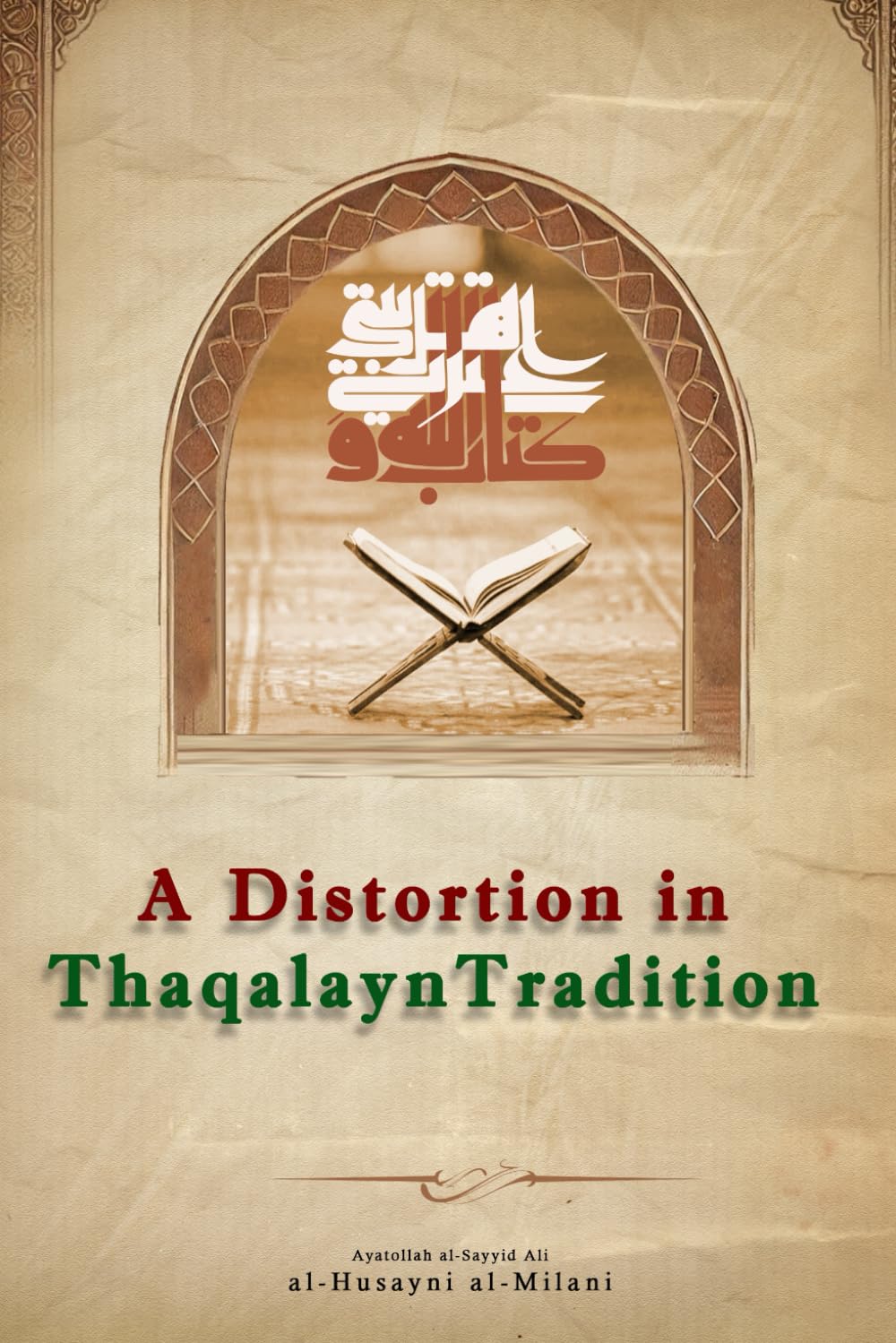
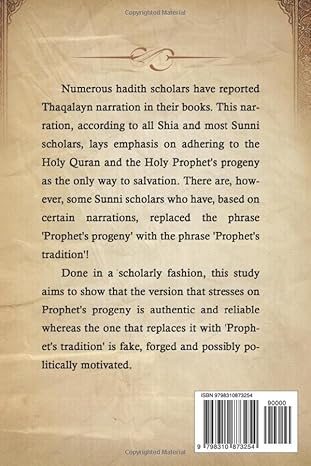

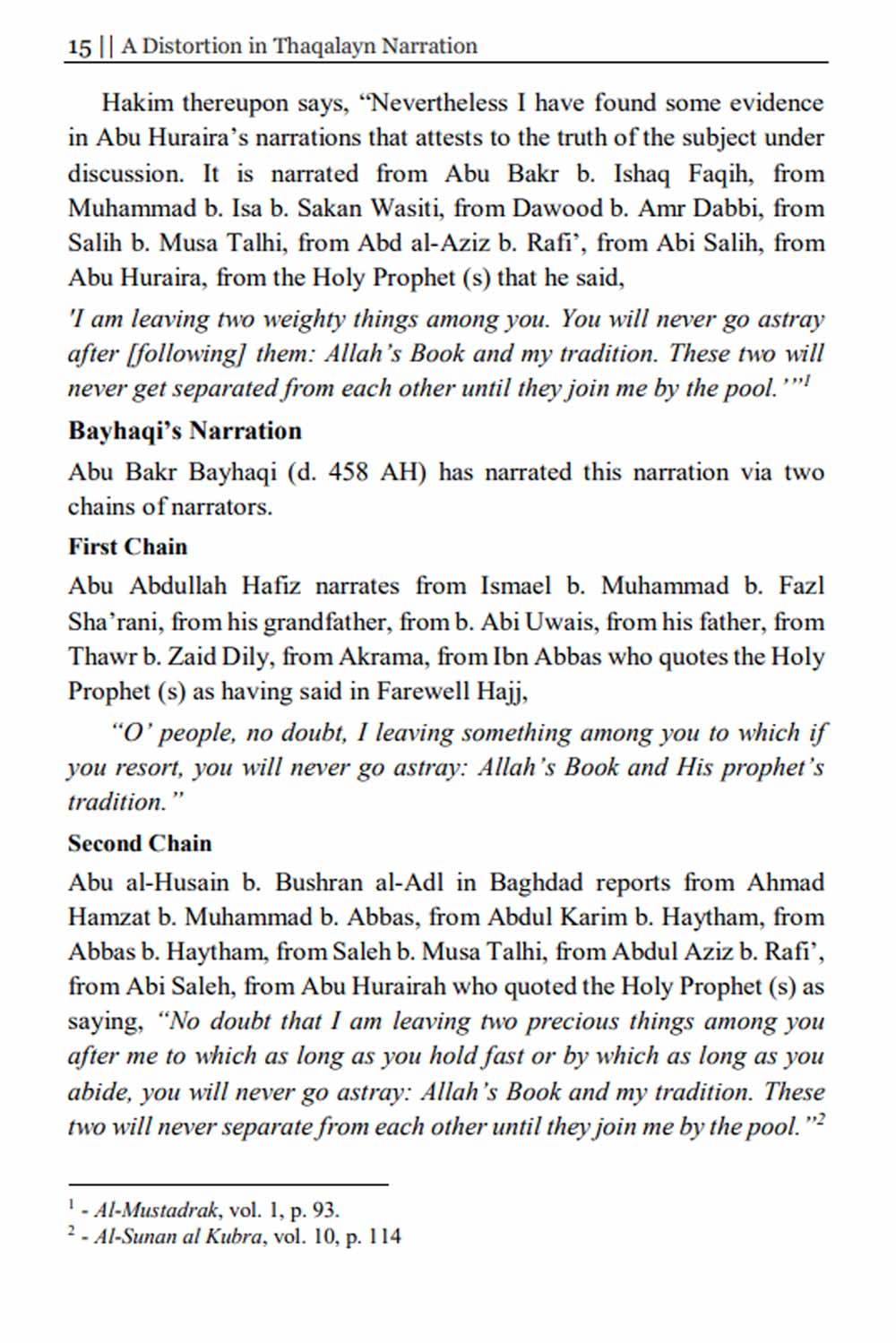
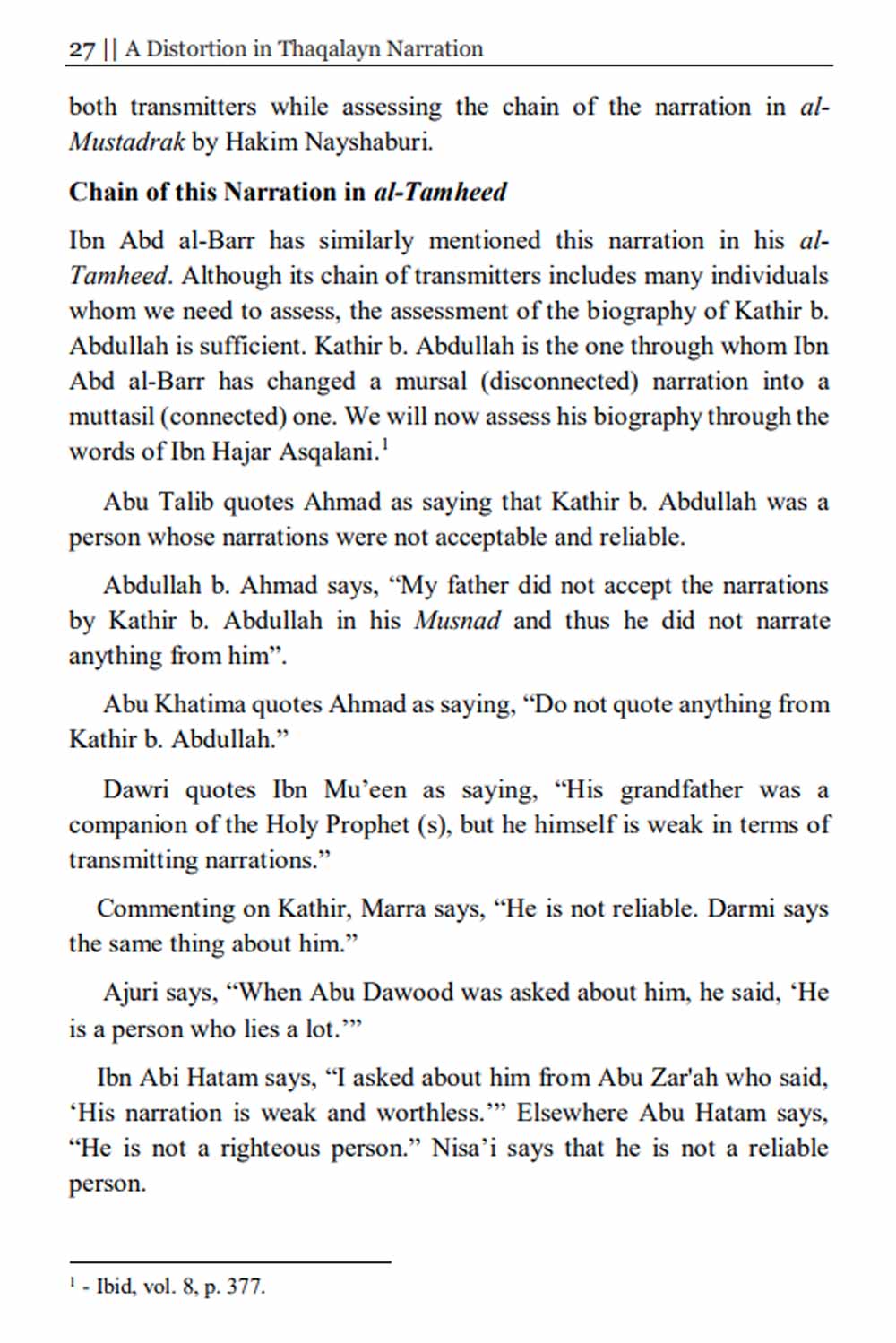
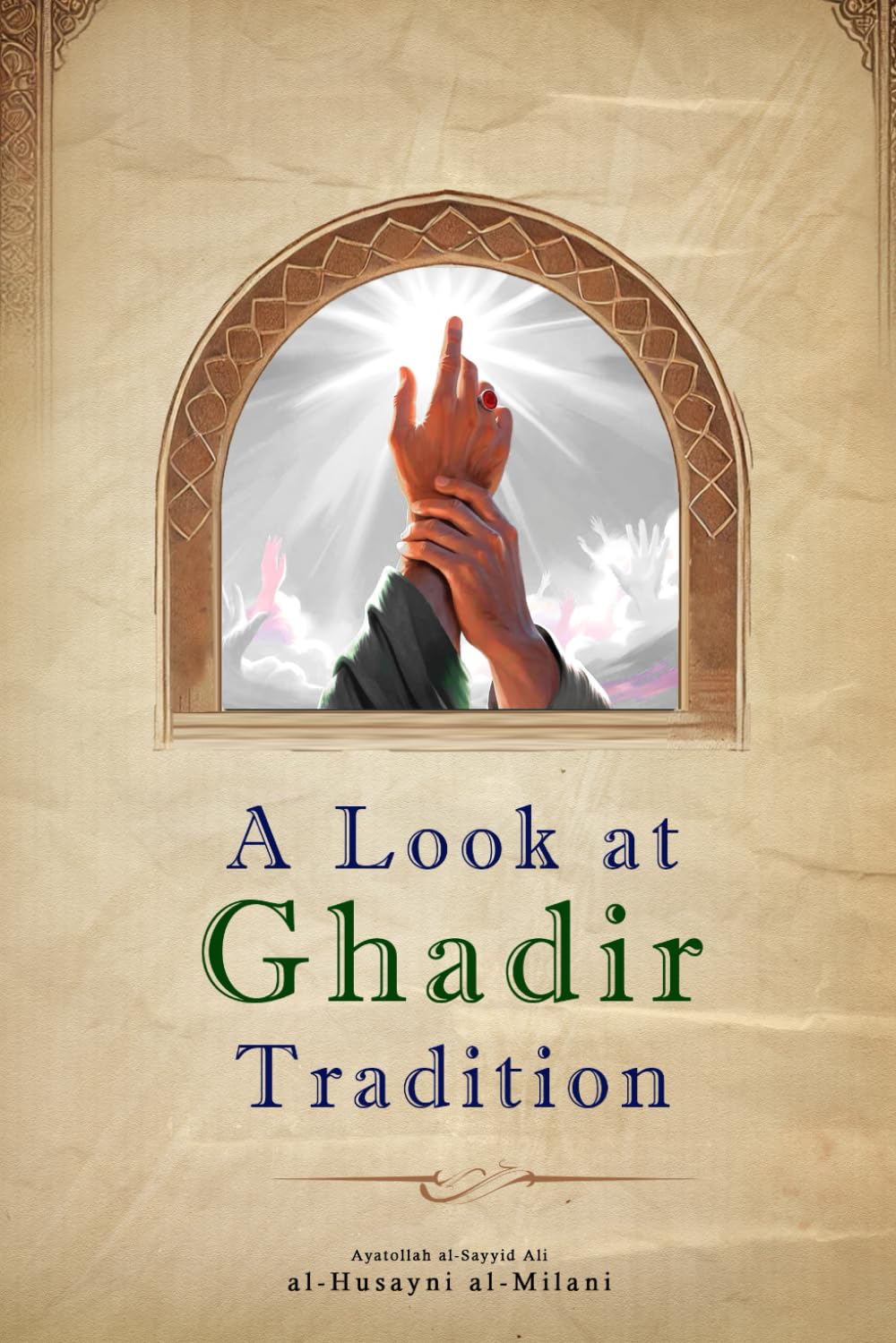
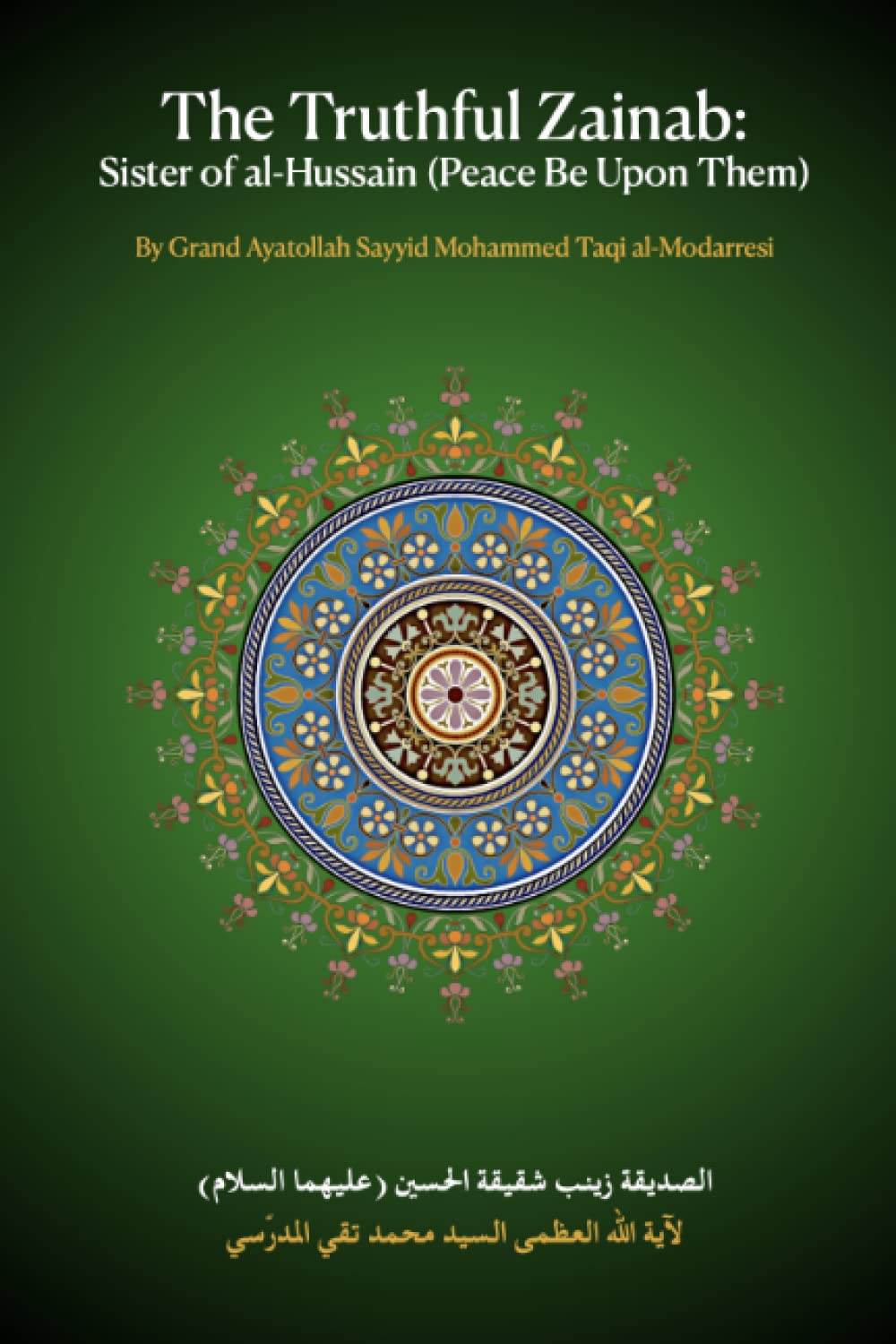
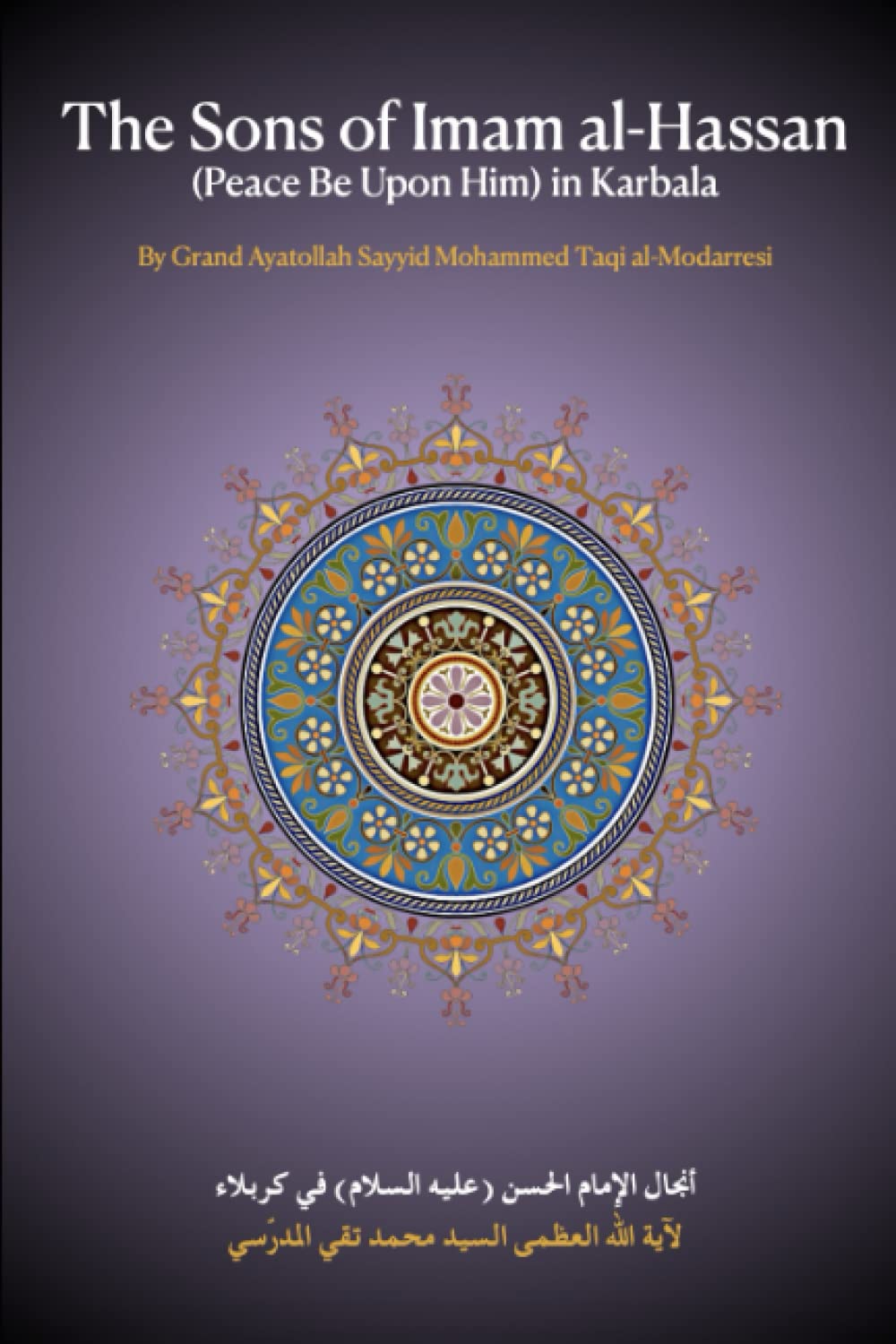
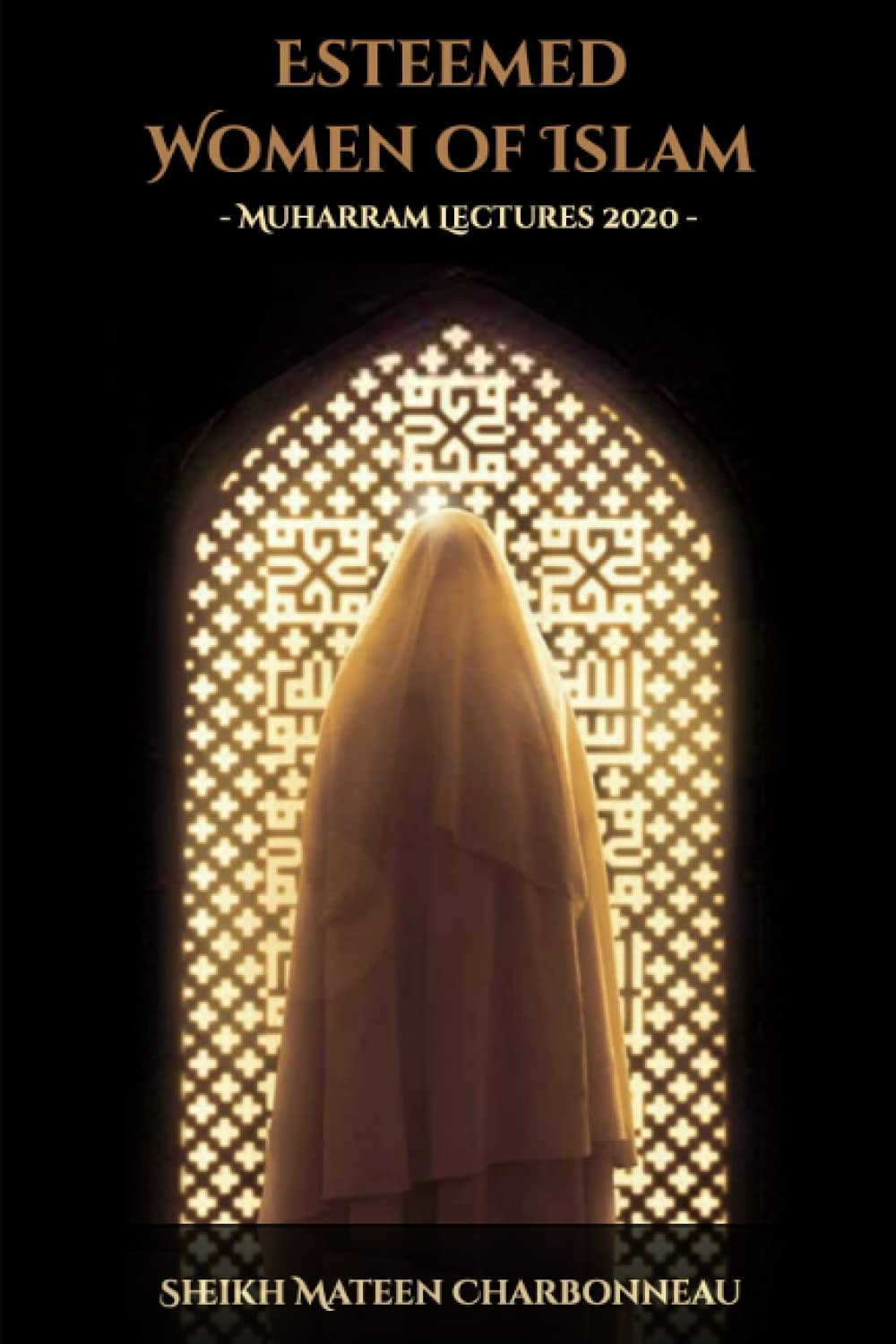
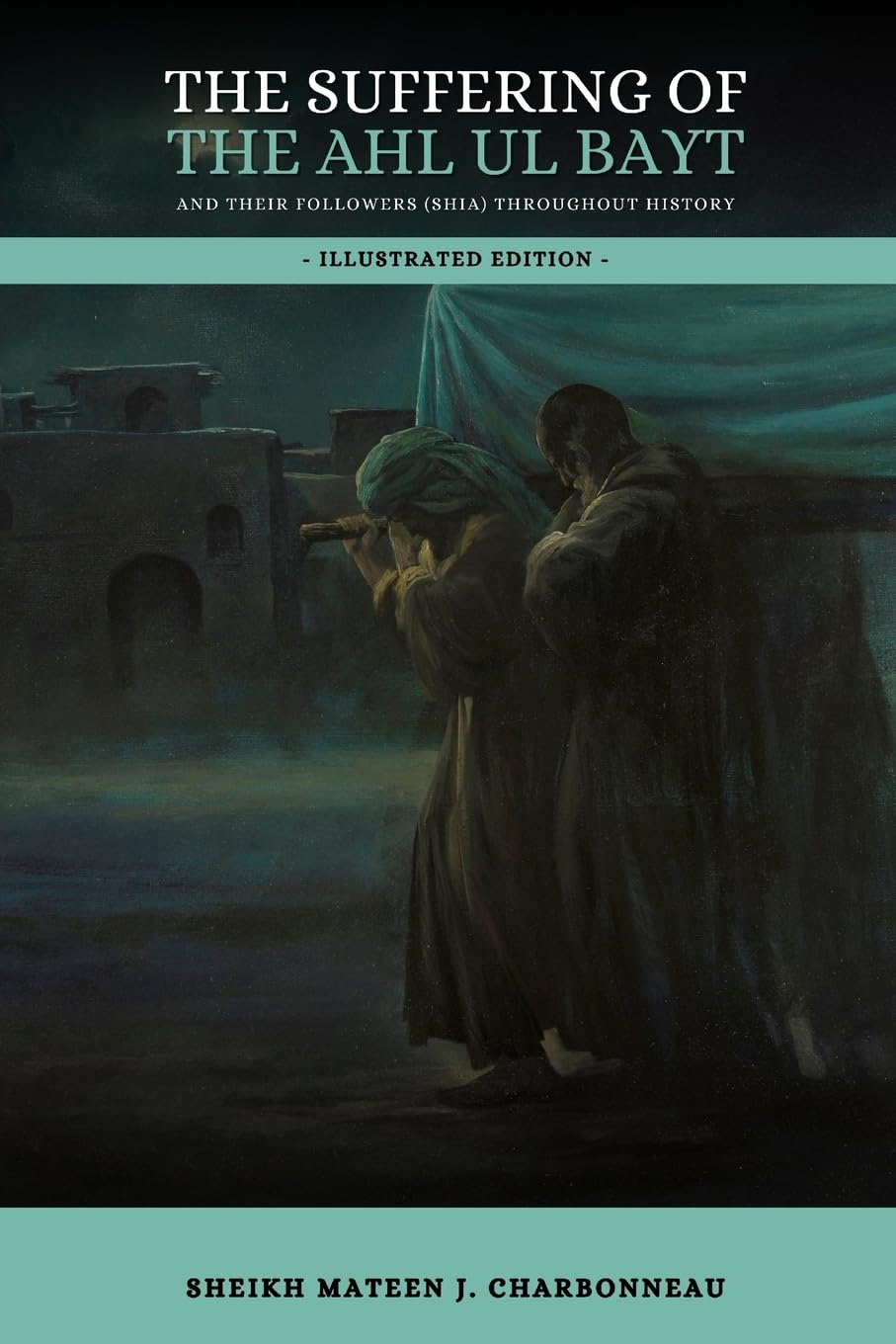
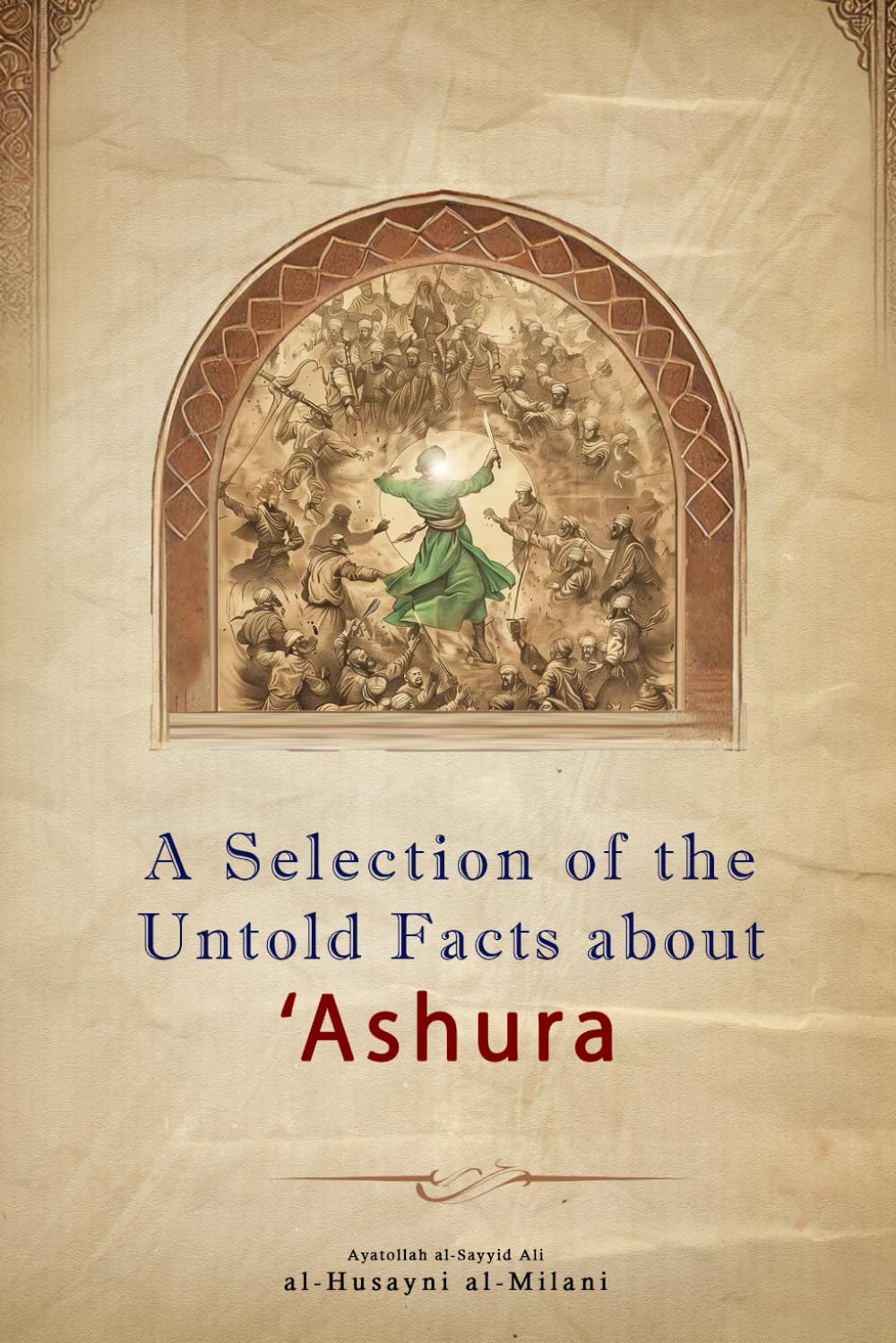
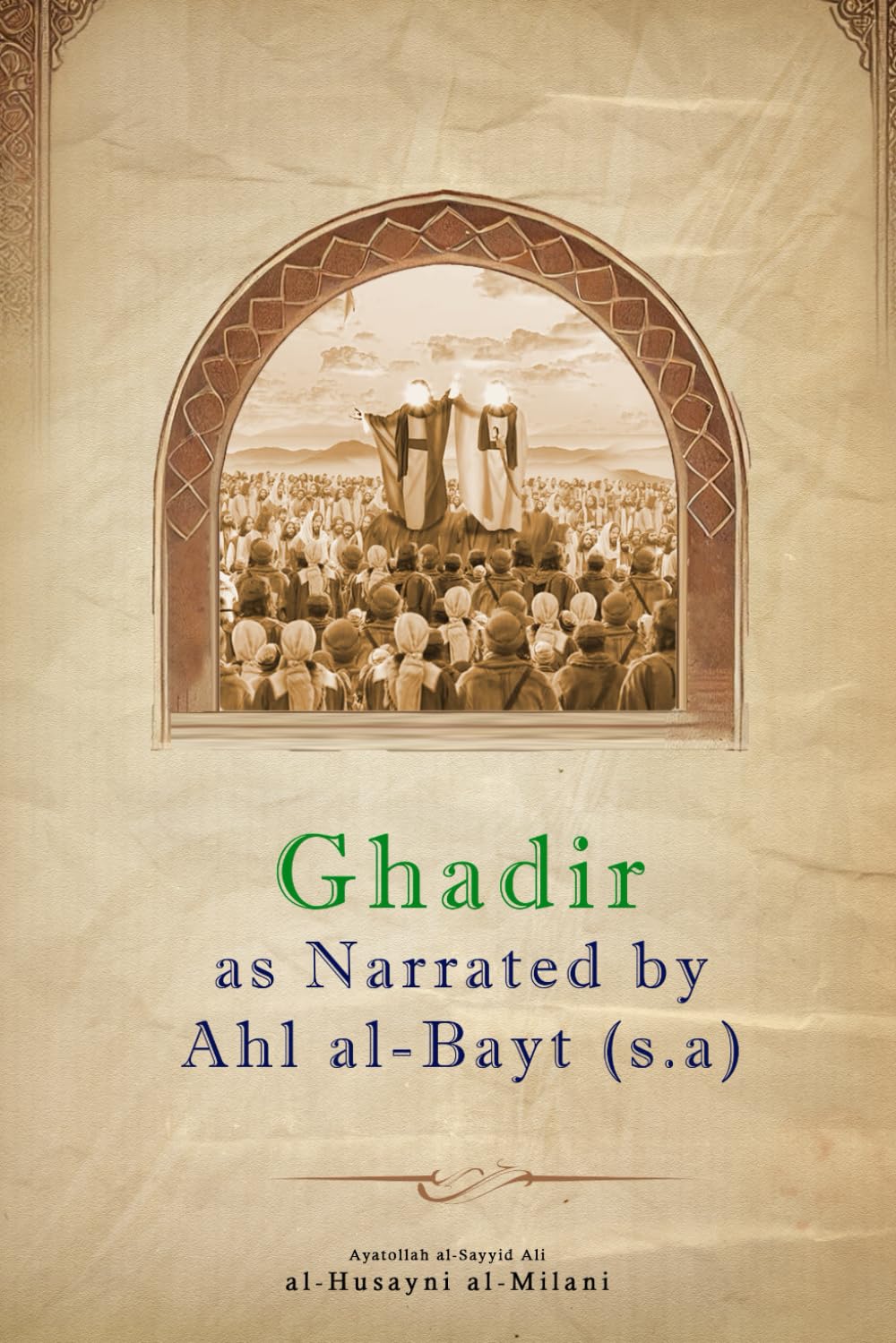
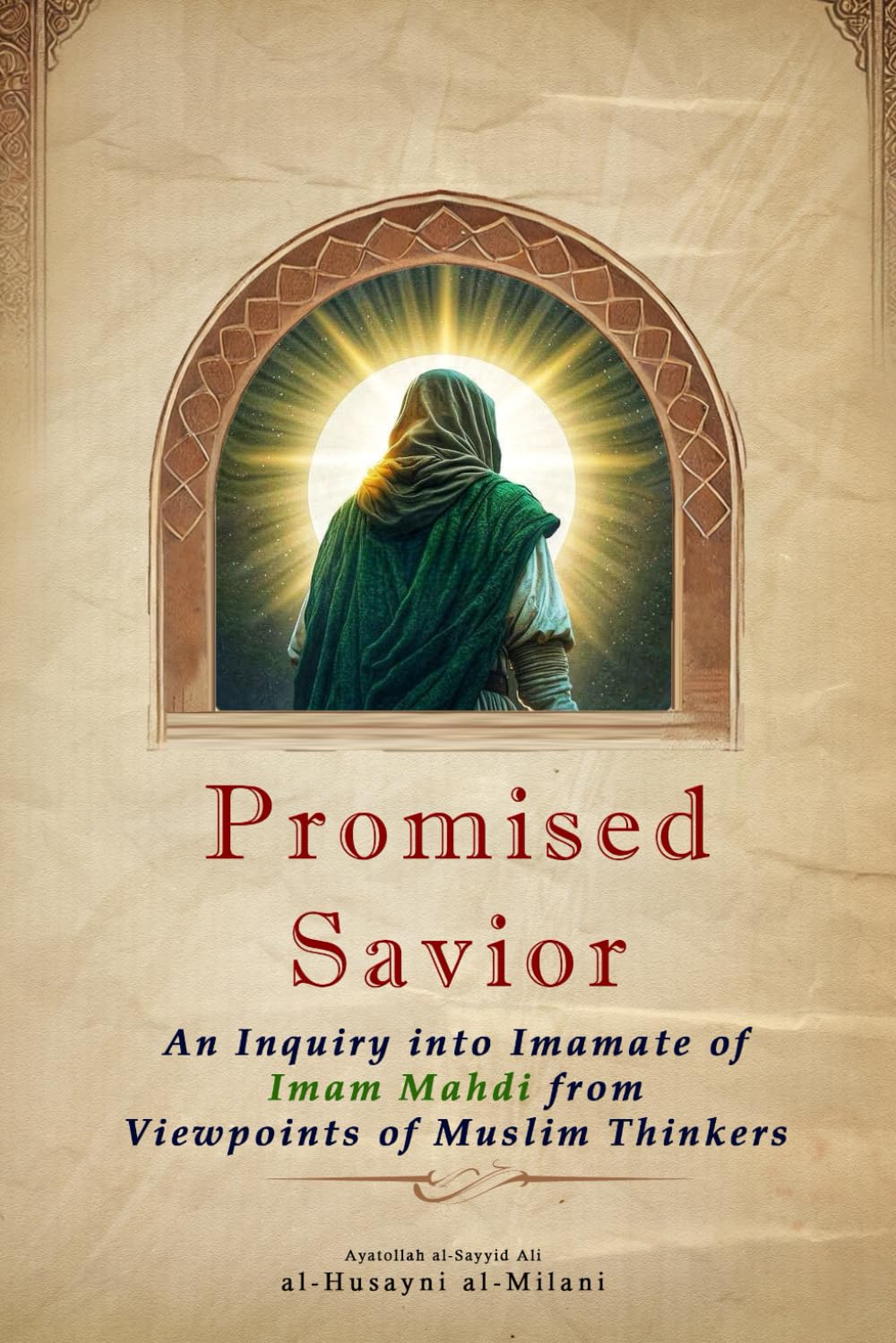

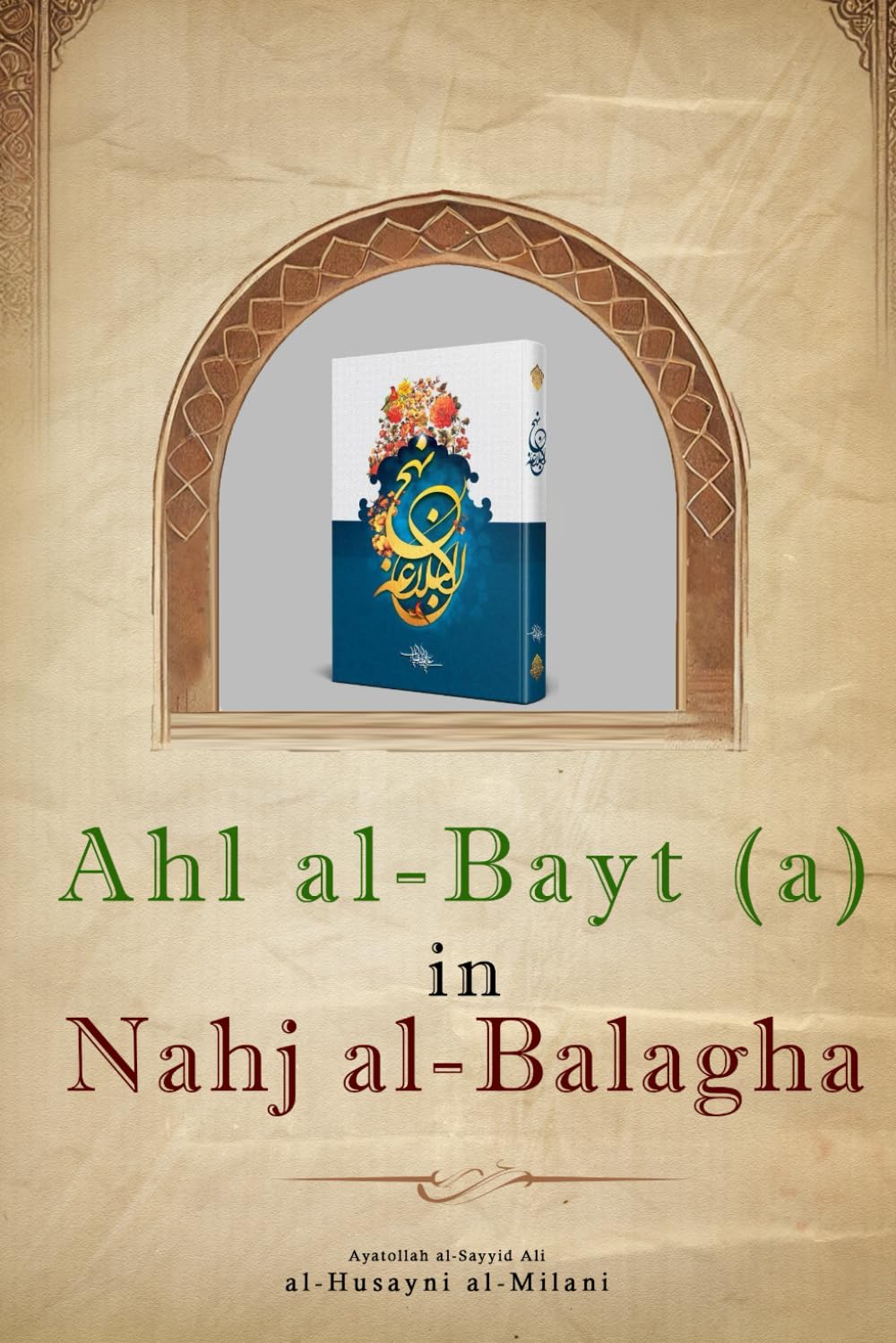
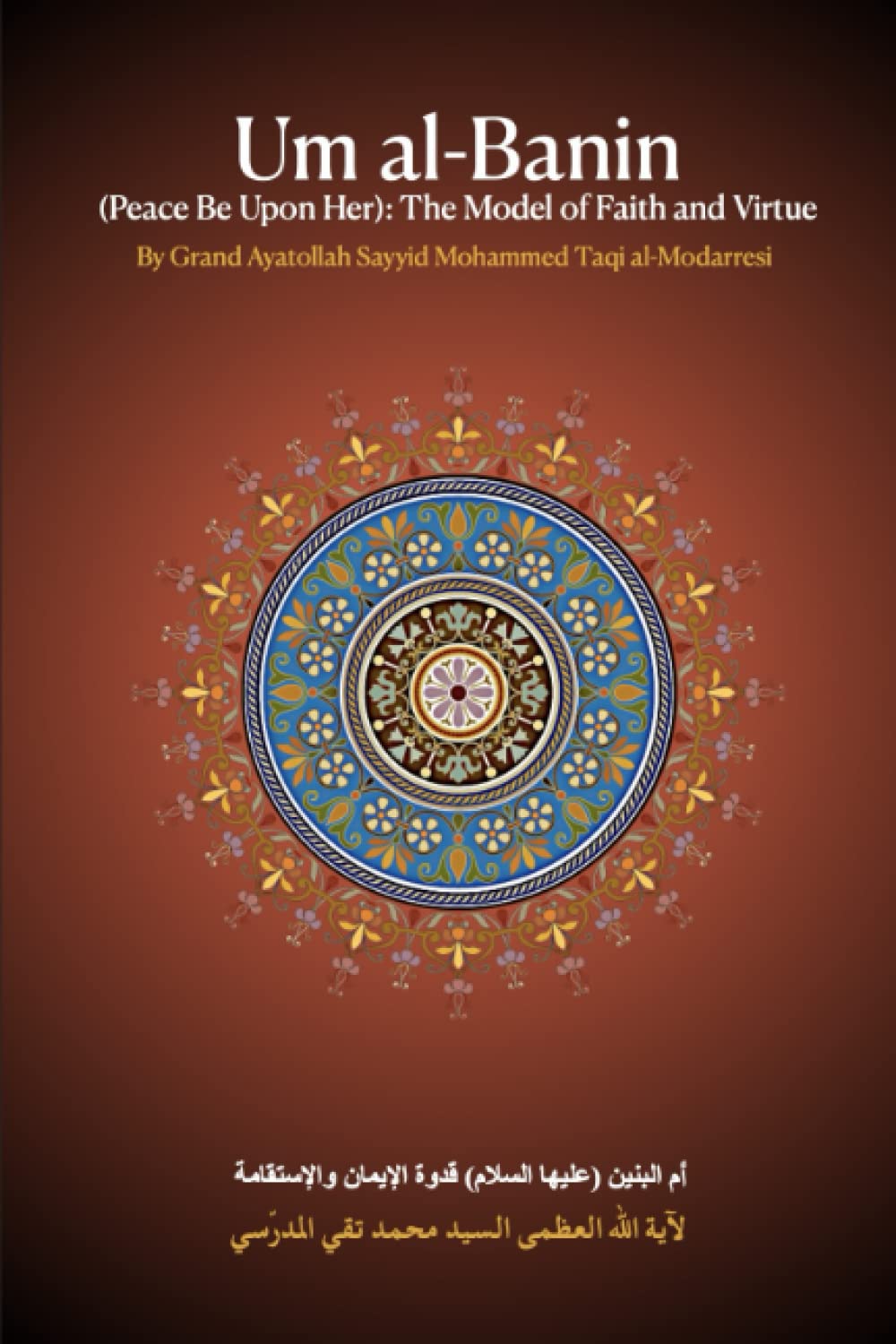
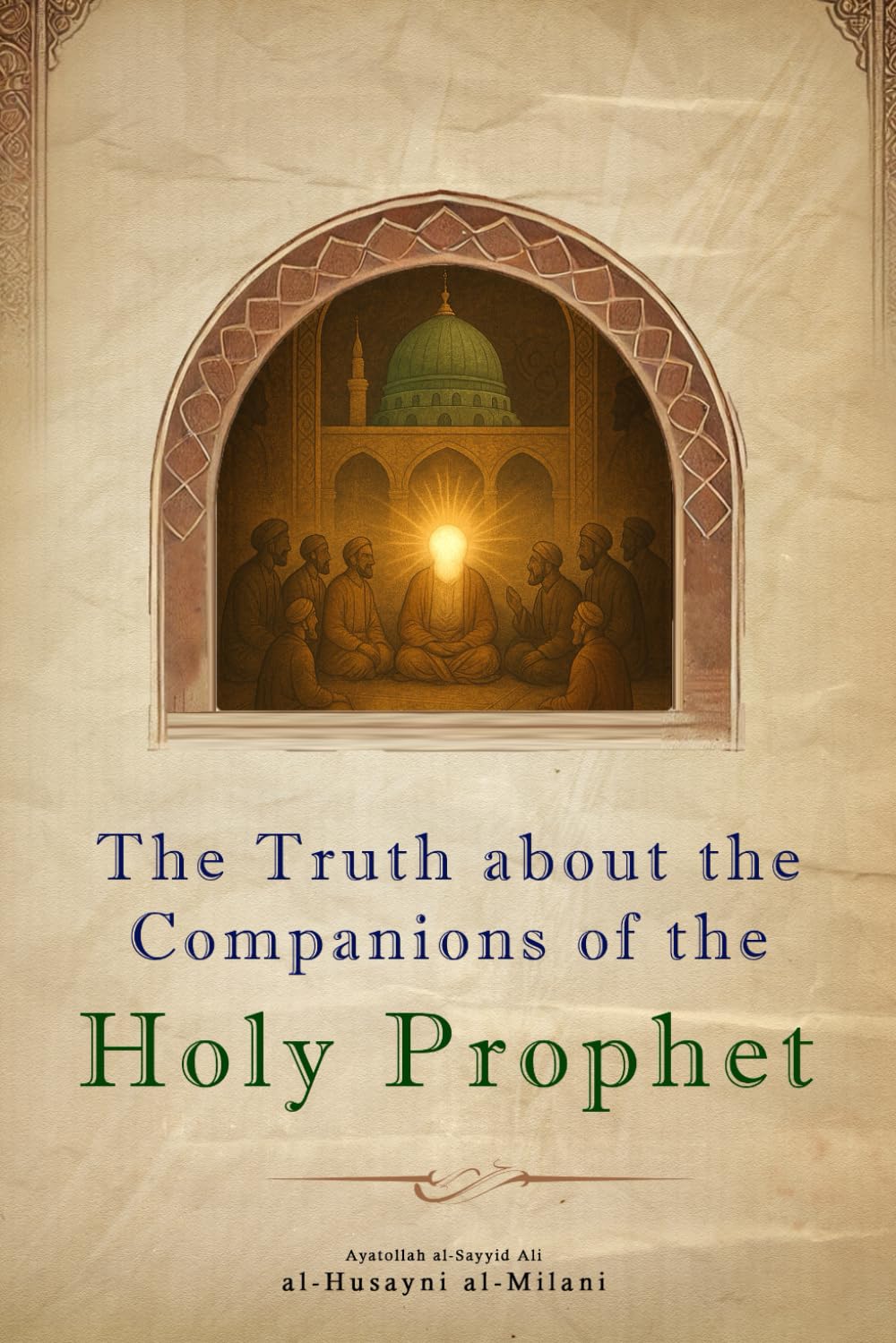
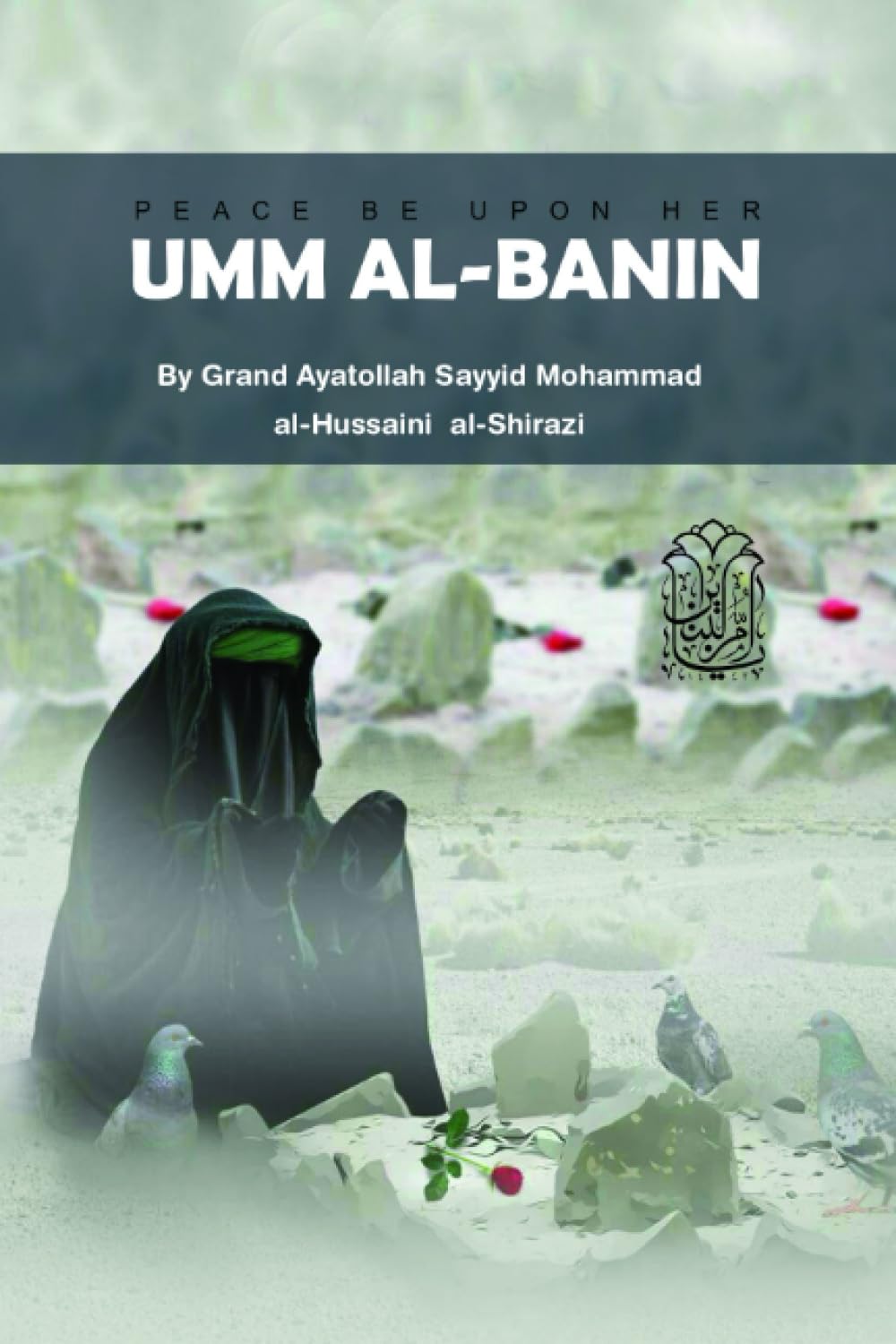
Reviews
There are no reviews yet.